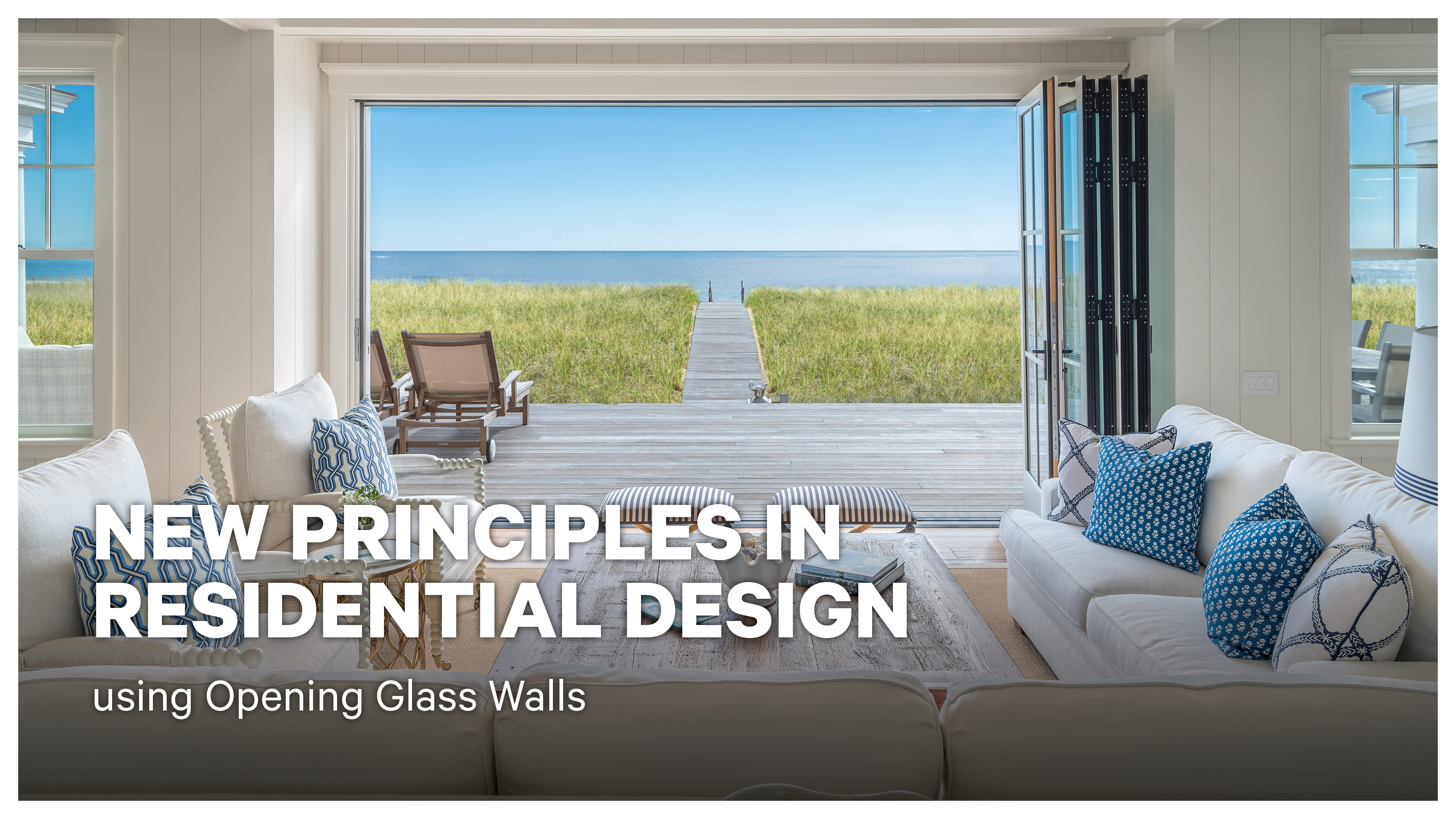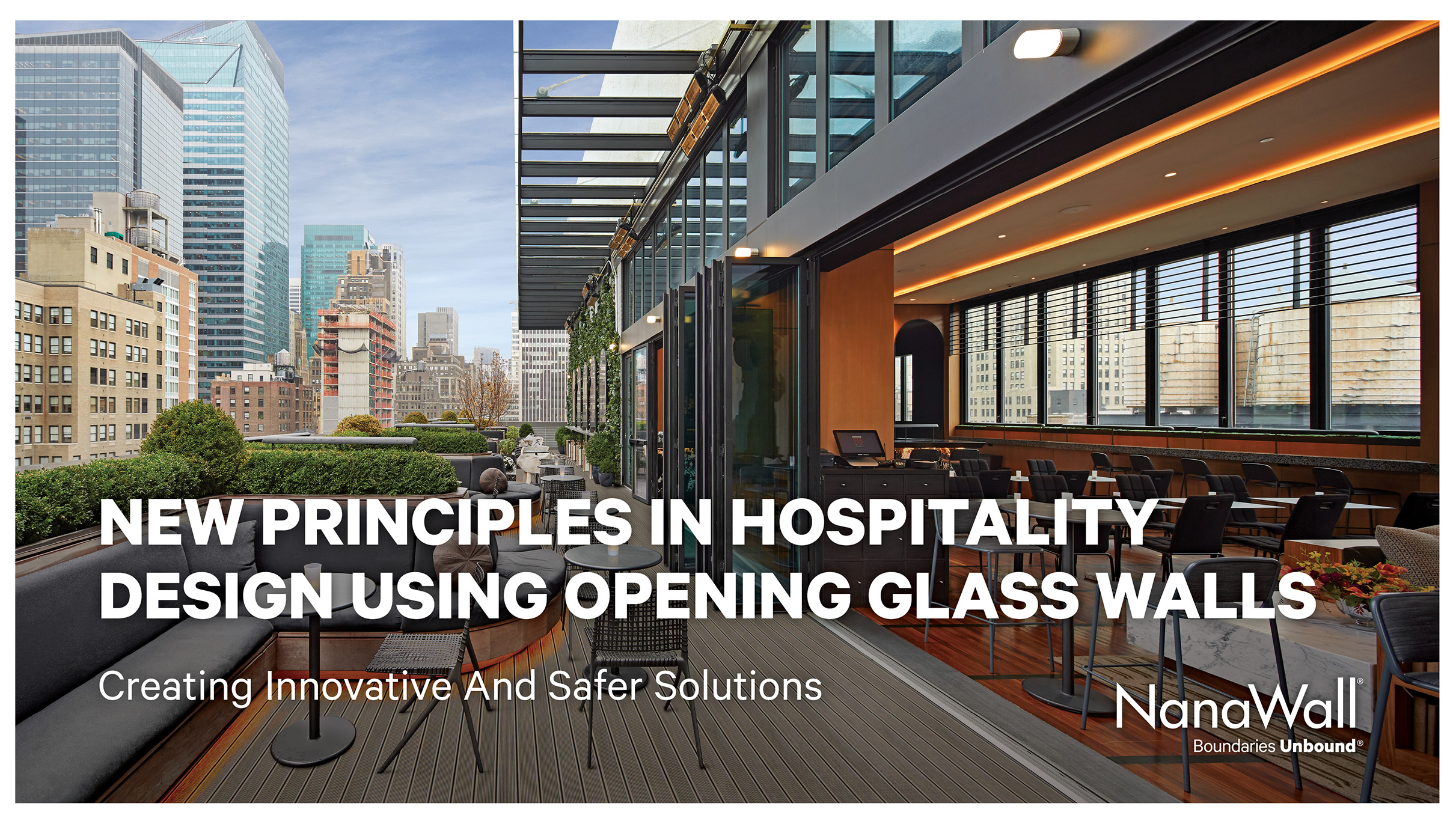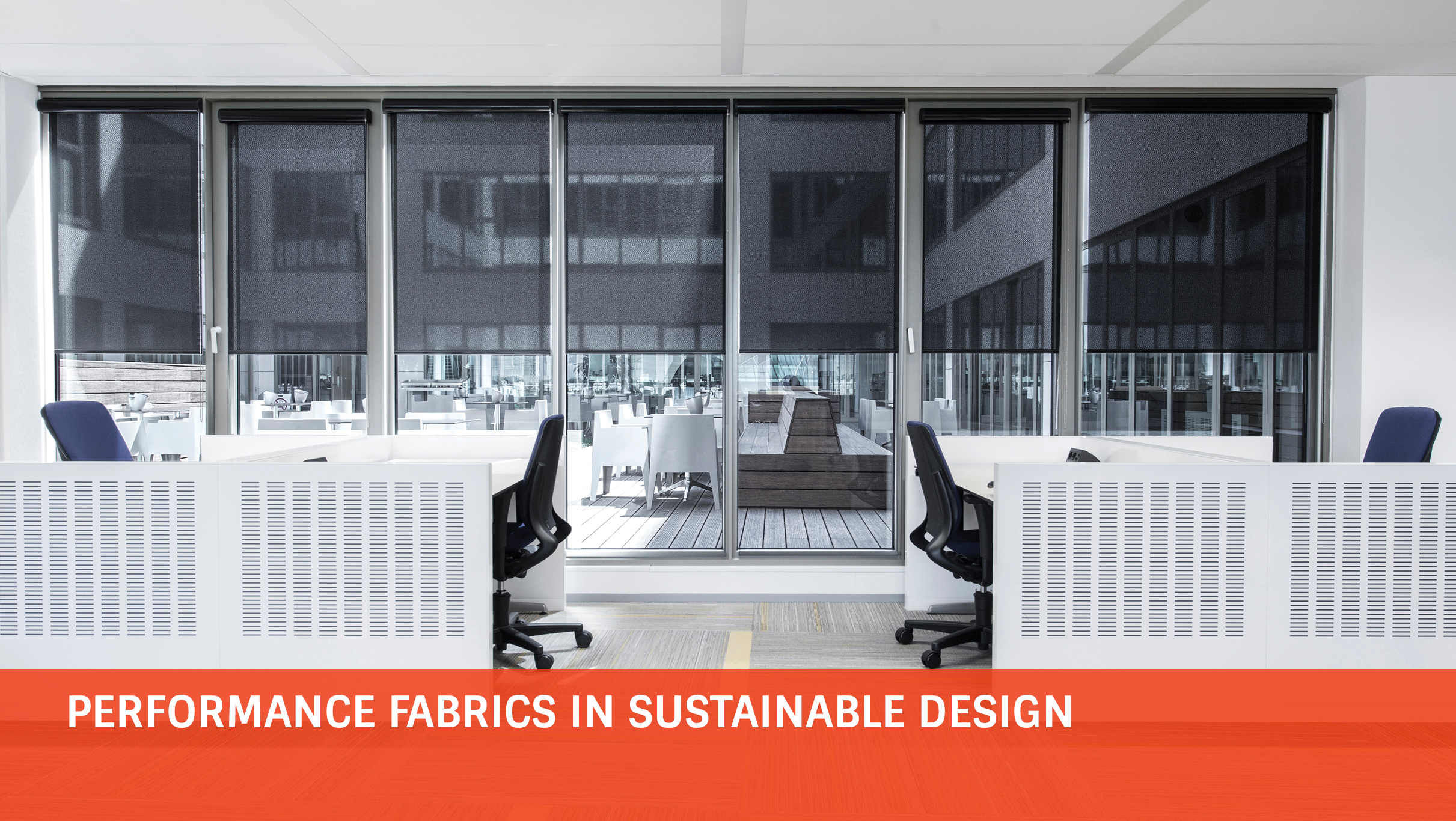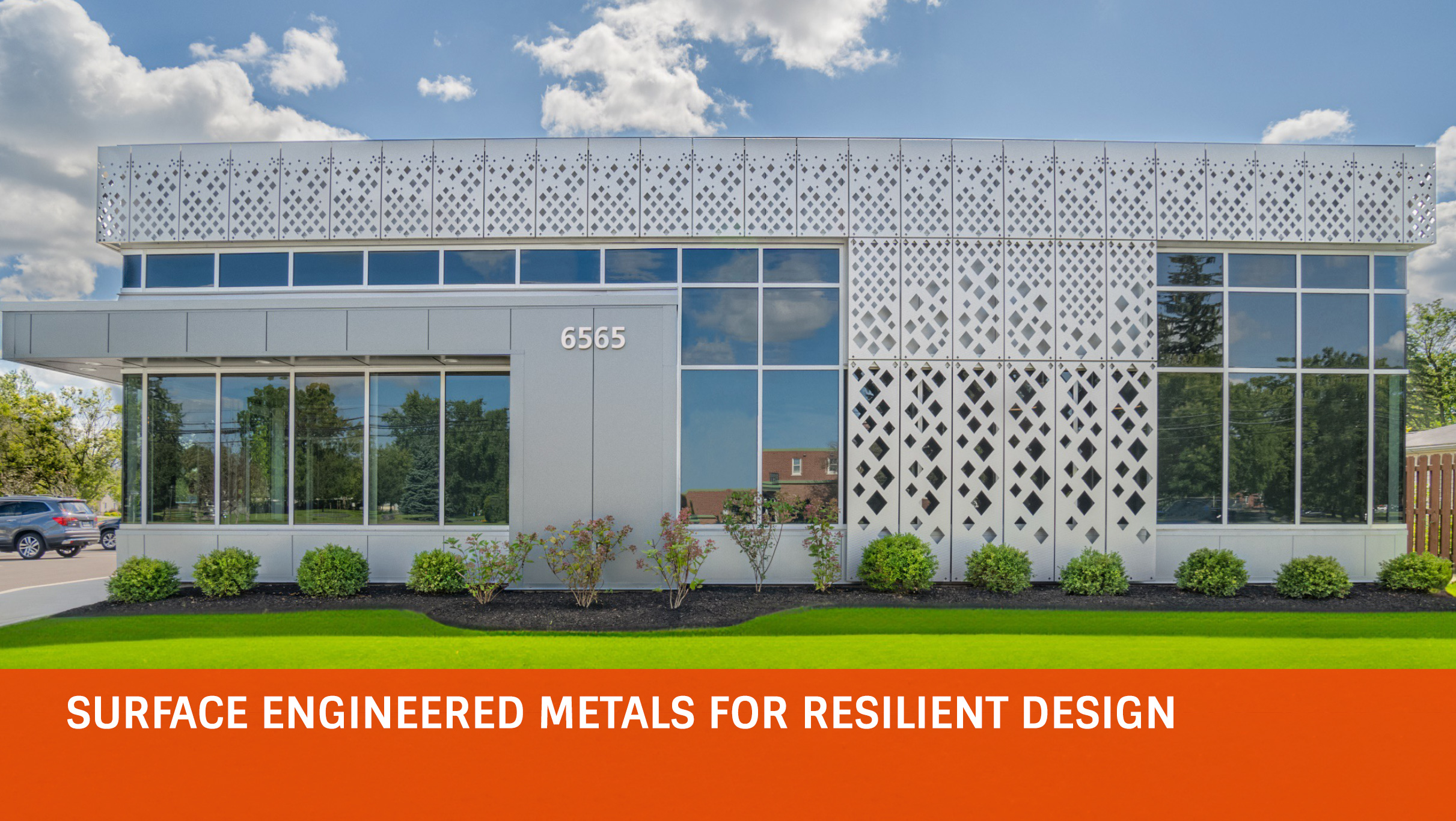
New Principles in Residential Design Using Opening Glass Walls
This course aims to familiarize you with the terminology, capabilities, and applications of operable glass walls in both interior and exterior residential settings. You will learn how operable glass walls can enhance the health, safety, and welfare of residents. Additionally, we will share ideas that you can incorporate into your current projects.
Learning Objective 1: Students will be able to explain the welfare aspect of design and product selection that enable equitable access to all, can elevate the human experience with daylight and outdoor access, and benefit the environment through sustainable building design.
Learning Objective 2: Students will be able to assess the safety aspects of incorporating product selections that protect buildings and people from harm and damage, particularly considering unexpected violence or vandalism.
Learning Objective 3: Students will be able to identify and recognize the significance of ongoing health concerns related to residential design and product selection.
Learning Objective 4: Students will be able to determine ways to incorporate the design principles as presented in case study examples into single family building projects.






